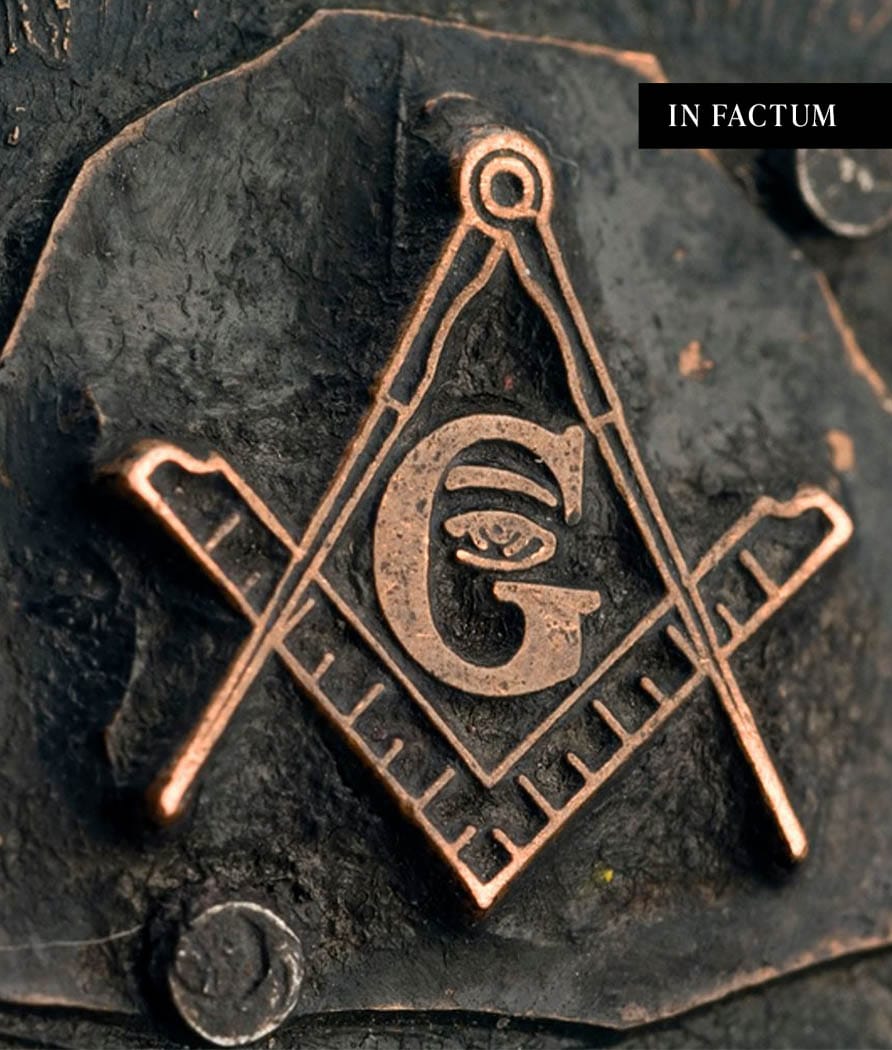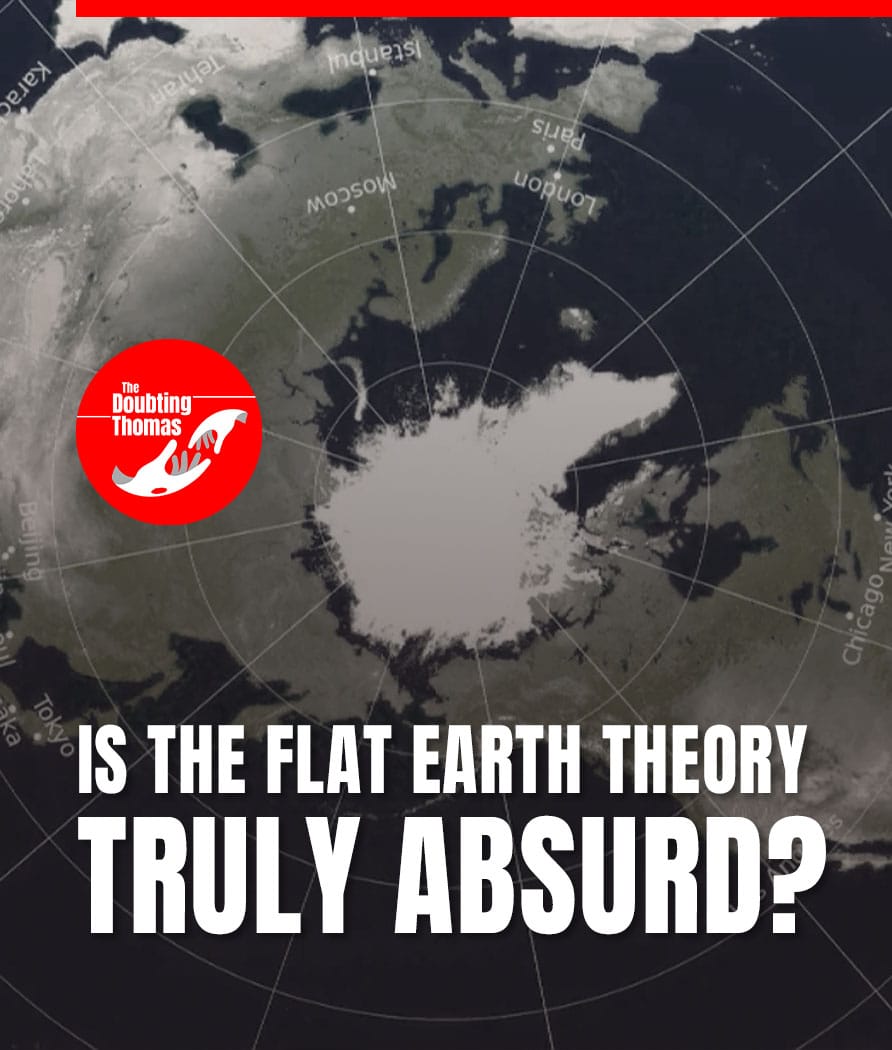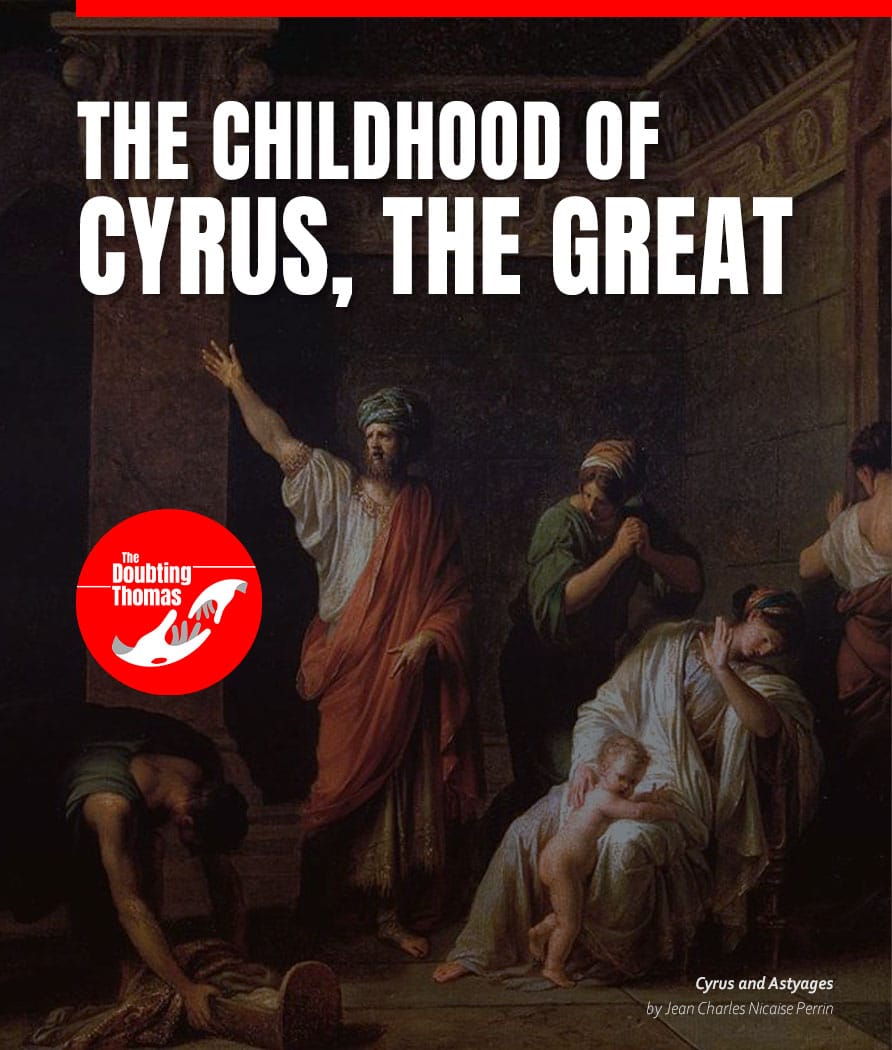Juan Luna’s magnificent masterpiece “Hymen, oh Hyménée!” has resurfaced to the public and is now being exhibited at the Ayala Museum after 132 years. Luna thrived during a golden period of artistic success from 1884 to 1889, a mere 25 years after the publication of Charles Darwin’s groundbreaking scientific treatise “The Origin of Species” which postulated the theory of evolution by natural selection.
Luna, after winning a gold medal for his renowned piece, the “Spoliarium,” at the Exposición Nacional de Bellas Artes in Madrid in 1884, he embarked on a successful career. Two years later, he wed Paz Pardo de Tavera and created a series of paintings during their honeymoon in Rome and Venice. In 1899, Luna won a bronze medal at the Exposition Universelle in Paris. He became a “master painter” in this competition, despite the prevalent racial bias of the late 19th century.
Darwin’s theory gained great popularity among prominent biologists, making it even more attractive to the prevailing materialistic worldview of the time, as people sought enlightenment through science. Europeans relished their status as the most intellectually and physically advanced human species, surpassing their primate-like counterparts located at the furthest end of the evolutionary scale. Many scientists, including Haeckel, shared this view.
While Luna’s artistic achievements are undeniable, it’s unfortunate that his personal life was marred by jealousy and violence towards his spouse. He suspected a certain 45-year-old French physician named Monsieur Dussaq of having an affair with his wife. At the morning of September 22, 1892 consumed by his lunacy, tragically shot his wife and mother-in-law at point-blank range. What was strikingly clear during his trial was the appalling attitude of lawyers on both sides, perpetuating the abhorrent racist notion that his brutal actions were linked to the “semi-barbaric peoples of the Tropics.“
In the early part of the second chapter “Comparison of the Mental Powers of Man and the Lower Animals,” of the book “The Descent of Man,” Darwin strongly argued that some races possessed inferior mental capabilities than others.
The genocidal imbecility of Germany during the second world war was predicated by racist science and the consensus of scientists on eugenics. The narrative was Darwinism and the story teller was Hitler. How much lesson can you learn from this? You may deconstruct and describe nature using the systematic methodology of science but can science demonstrate the ethical implications of the theory scientifically? Einstein once said: ‘You can speak of the ethical foundations of science but not of the scientific foundations of ethics’.
If scientific theory then is a story; and when its A side spells progress; It would be intriguing then to read what is on the B side. Historian Richard Weikart deserves a full quote from his book Darwinian Racism for the B side of the story:
“Indeed, the historical evidence is overwhelming that human evolution was an integral part of Nazi racial ideology. It held a prominent place in the Nazi school curriculum and in training courses in the Nazi worldview. Nazi officials and SS anthropologists agreed that humans, including the Aryan or Nordic race, had evolved from primates. They believed the Nordic race had evolved to a higher level of intelligence, physical prowess, and social solidarity than other races due to their having faced what evolutionists today would call greater selective pressure. They claimed the stiff selection was caused by the Ice Ages, which had weeded out the weak and sickly, leaving only the brightest and best to propagate the Nordic race. They saw eugenics and racial policy as a means to help the Nordic race evolve to even greater heights.”
Many of the early followers of Darwin, including Darwin himself, believed that racism, inequality among humans, and the battle for survival were part and parcel of the theory.
“Eugenics was seen by non-biologists as being based on Darwinism as well. Margaret Sanger, who was an advocate for birth control and the founder of Planned Parenthood, fervently supported eugenics. She even claimed in 1920 that birth control was simply a means of “facilitating the process of weeding out the unfit,” or preventing the birth of defective individuals.”
Throughout the 19th and 20th centuries, the empire served as the benefactor for the science industry, providing funding and dictating research priorities, particularly in the fields of nuclear physics and biology. This dynamic duo played a pivotal role in driving colonial expansion.
Racial differences played a significant role in determining Juan Luna’s fate, leading to his acquittal, while placing him below the evolutionary scale. Tragically, the six million Jews were subjected to a gravely unjust fate, enduring the most horrific tragedy in all of human history.
The narcissistic ideology of evolution and the impact of eugenics on the perception of God in humans are significant lessons from our history. This story was effectively and convincingly narrated by the prince of this world.
Hitler wanted to accelerate the process of evolution to create a superior human race. He eliminated the weak, elderly, sick, and criminal whom he deemed undesirable in a holocaust. This stands in stark contradiction to the seven corporal works of mercy, as taught by the Catholic Church. Hitler went so far as to criticize the church for aiding the weak, which he believed impeded the process of evolution. All these because of his lunatic obsession on racial science and the theory of evolution. The story, passed off as a scientific theory, has evolved into harmful rumors and is now emerging as neo-Nazism and white supremacism in our generation.
















